YIELDS: 1 cup
INGREDIENTS
250ml (1 cup) milk (cows or dairy free milk of choice)
1 tablespoon of vinegar or lemon juice
METHOD
![]()
1. Gently stir the vinegar/lemon juice into the milk and let it sit for 5-10 minutes or until it has thickened. The milk will curdle and look like it is no good to use anymore – this is what it is meant to look like!
2. Use in your recipe as you would store-bought buttermilk.
NOTES
*If you use a non-dairy milk (e.g. almond milk), note that the buttermilk mixture will not be as thick.
** If your buttermilk isn’t clumpy, add another dash of vinegar or lemon juice.
By Sarah
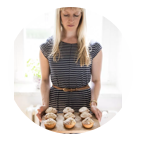

PRO TIPS, TRICKS & EXTRAS
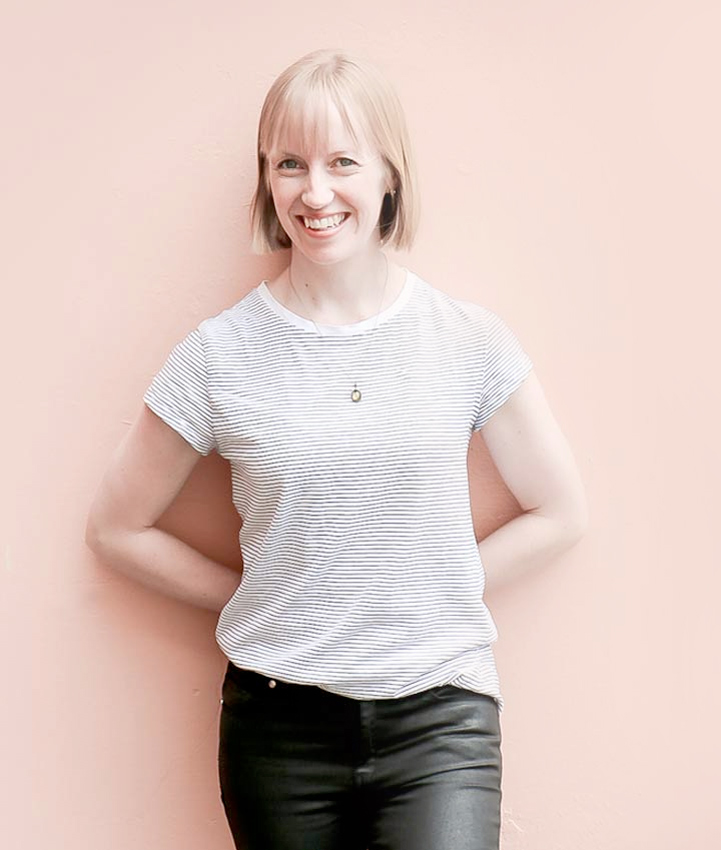
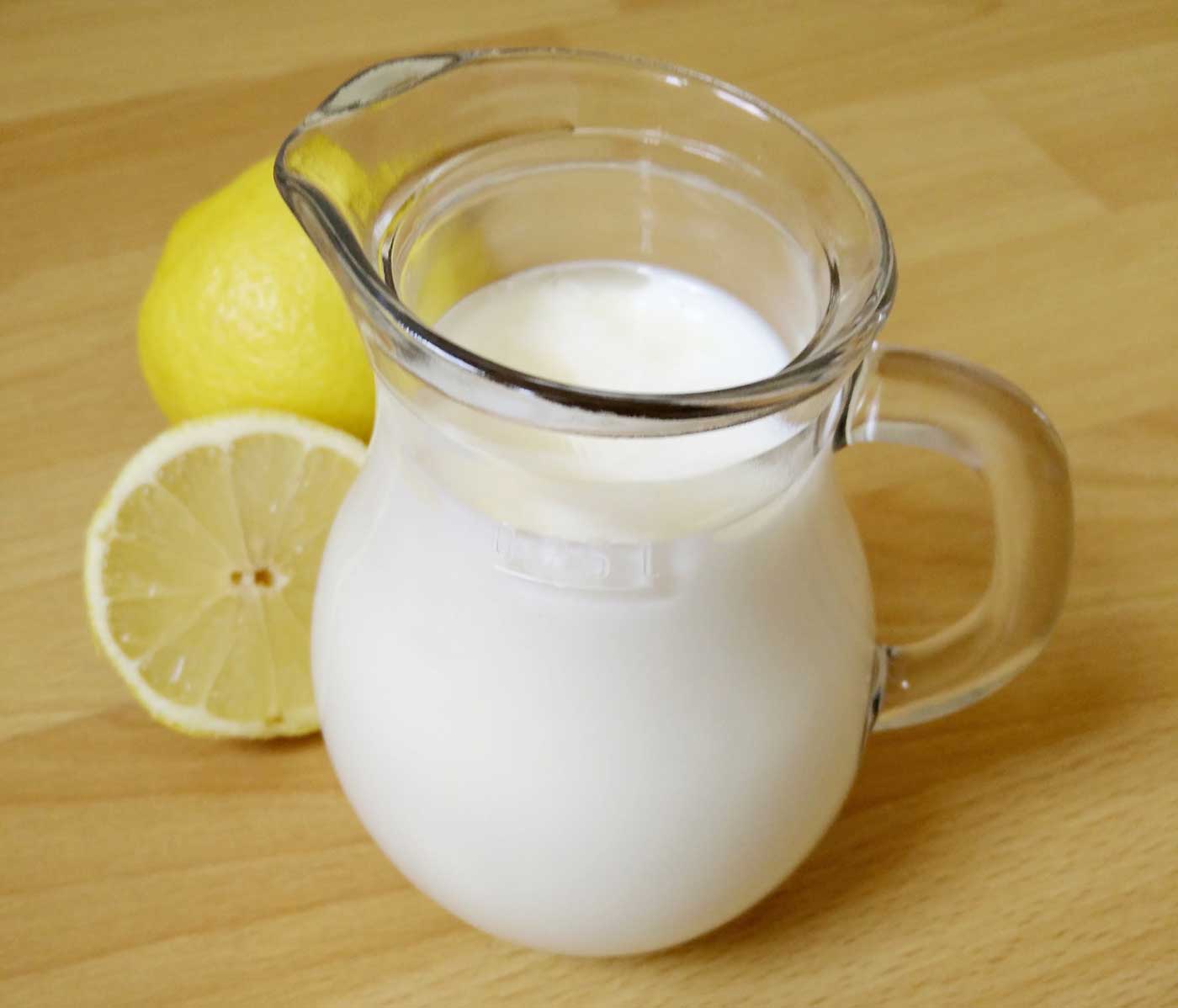
Learn how to make buttermilk in minutes with ingredients you already have!
Scenario: You go to bake something and realise half way through the process that you don’t have a one important ingredient: Buttermilk. Arrrrgh!! What to do? You could go out and buy some (but that’s a lot of effort…); you could omit it all together and end up with a disastrous baked good; or you call it a day and not bake anything.
Does this sound familiar? It has certainly happened to me before.
But guess what? I have good news.
We don’t have to do any of those things and yet we can still have buttermilk!
HOW?
I’m going to show you how to make buttermilk in your very own kitchen with ingredients that you already have…
Firstly though, let’s talk about what buttermilk actually is and why it’s so darn good in our bakes…
What is buttermilk?
Contrary to what a lot of people think, buttermilk is not simply ‘butter added to milk’. Traditional buttermilk is the liquid that is left over from churning butter but the term buttermilk can also refer to fermented milk or cultured buttermilk. All are sour, acidic, thick in texture and are great for baking (though traditional buttermilk might be hard to come by in your local supermarket).
Why do we need buttermilk in baking?
Remember how I talked about the powers of these two guys? Well when buttermilk meets up with them, they basically have a party and start blowing bubbles all over the place…
Make sense?😜
Let me try use more ‘sciencey’ terms for you:🤓
Basically, the acid in the buttermilk reacts with the alkaline of the baking soda. When this happens, carbon dioxide is released which removes the sour taste of the buttermilk and the soapy taste of the baking soda. It is also what helps our pancakes, muffins and sweet breads to rise sky high with an airy, tender and fluffy crumb. Depending on the recipe, some sourness from the buttermilk is left behind which gives us a slightly tangy taste which is great in lot of things like:
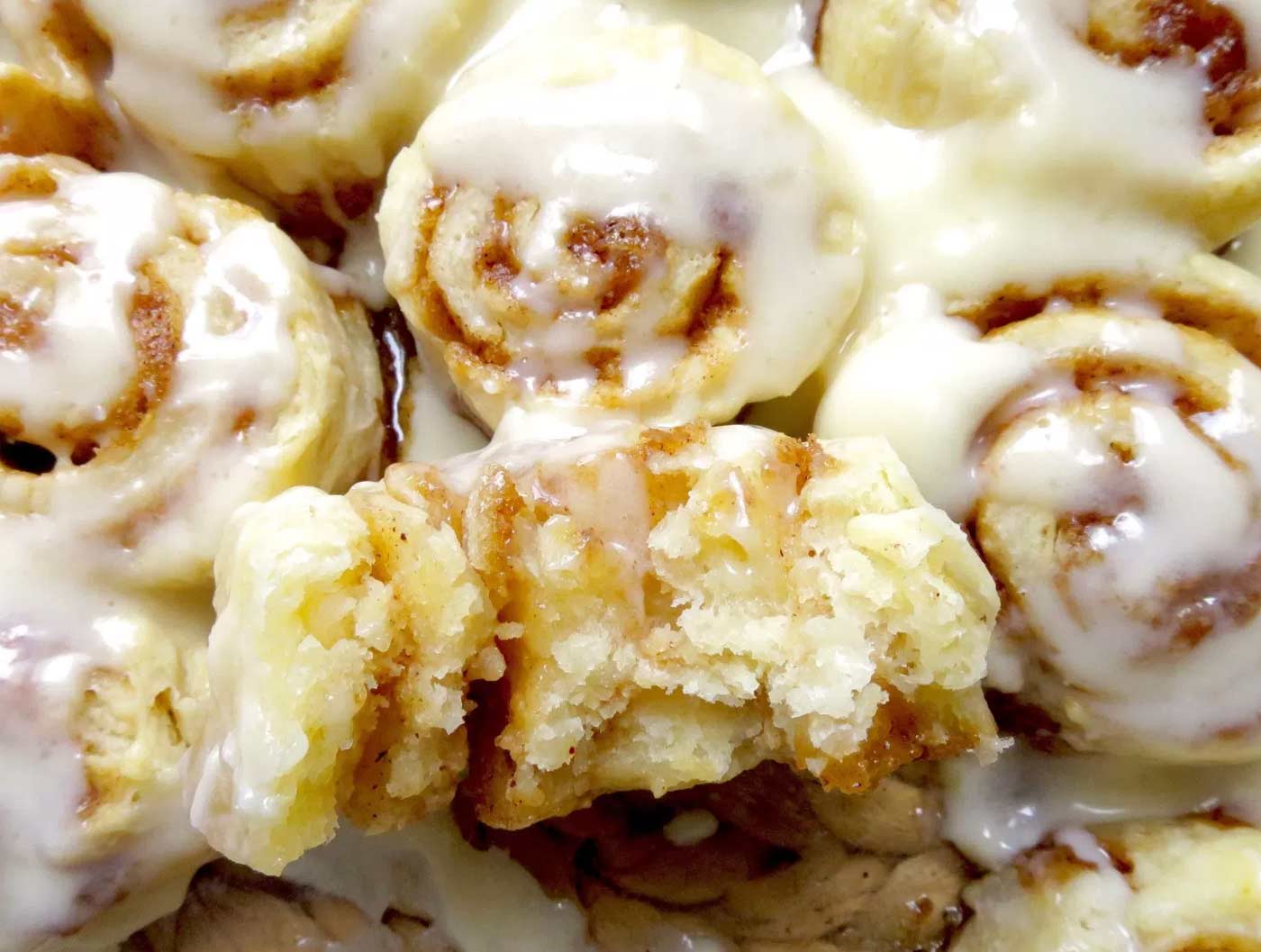
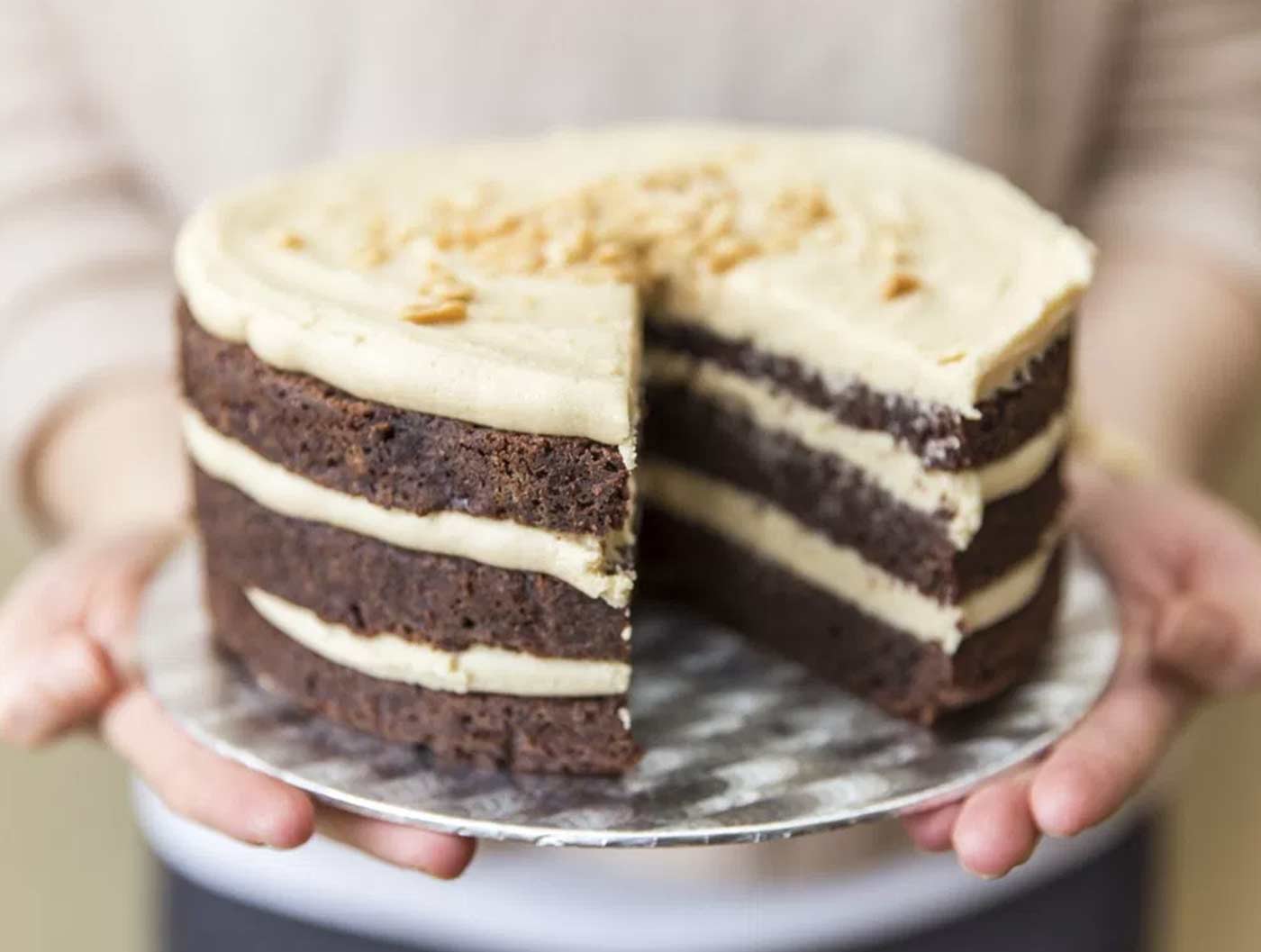
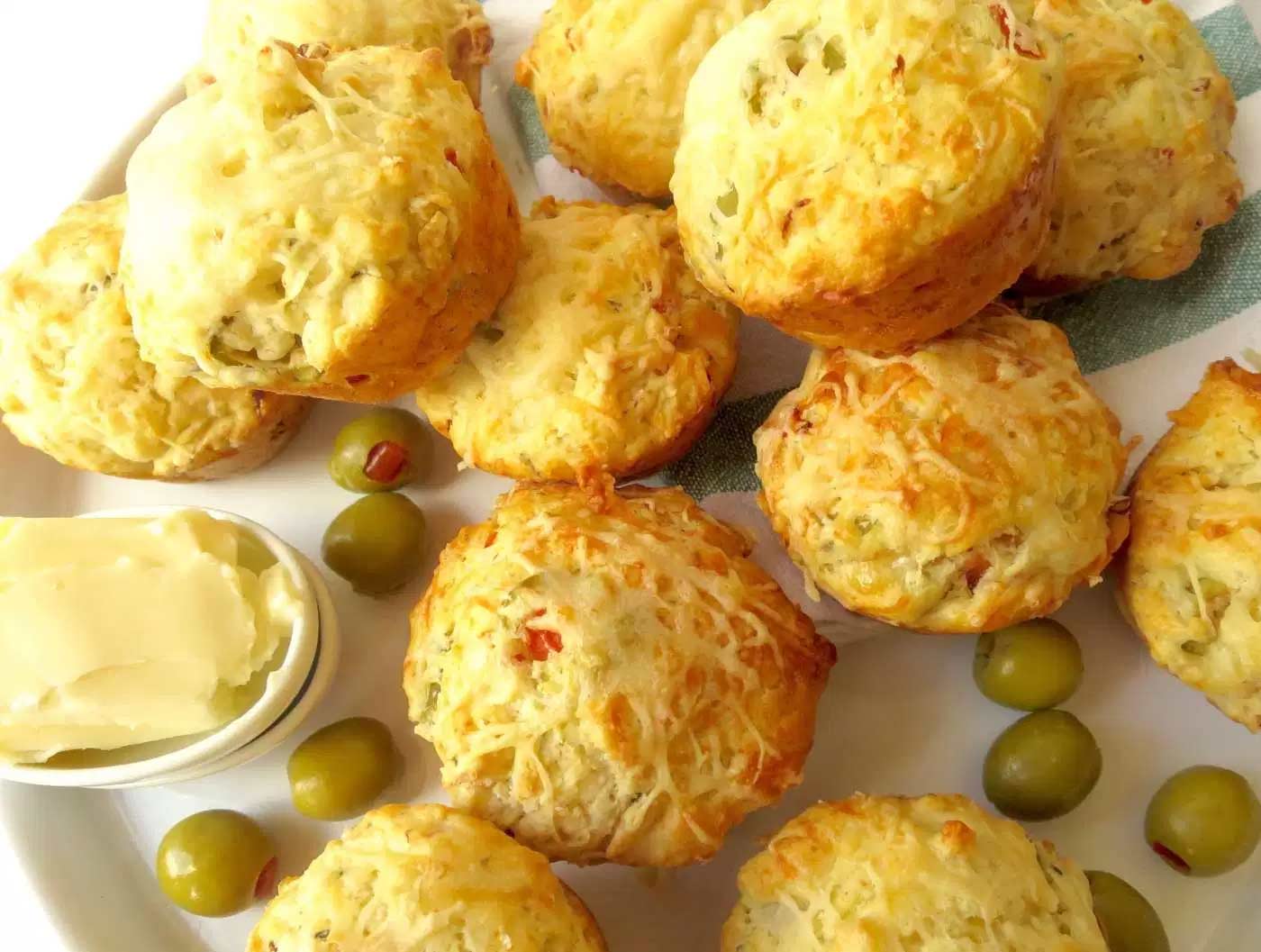
So how do we make buttermilk!?
Well first we need to start churning butter…
Hehe, just kidding. No butter required.
All you need is two ingredients: milk and lemon juice (or vinegar).
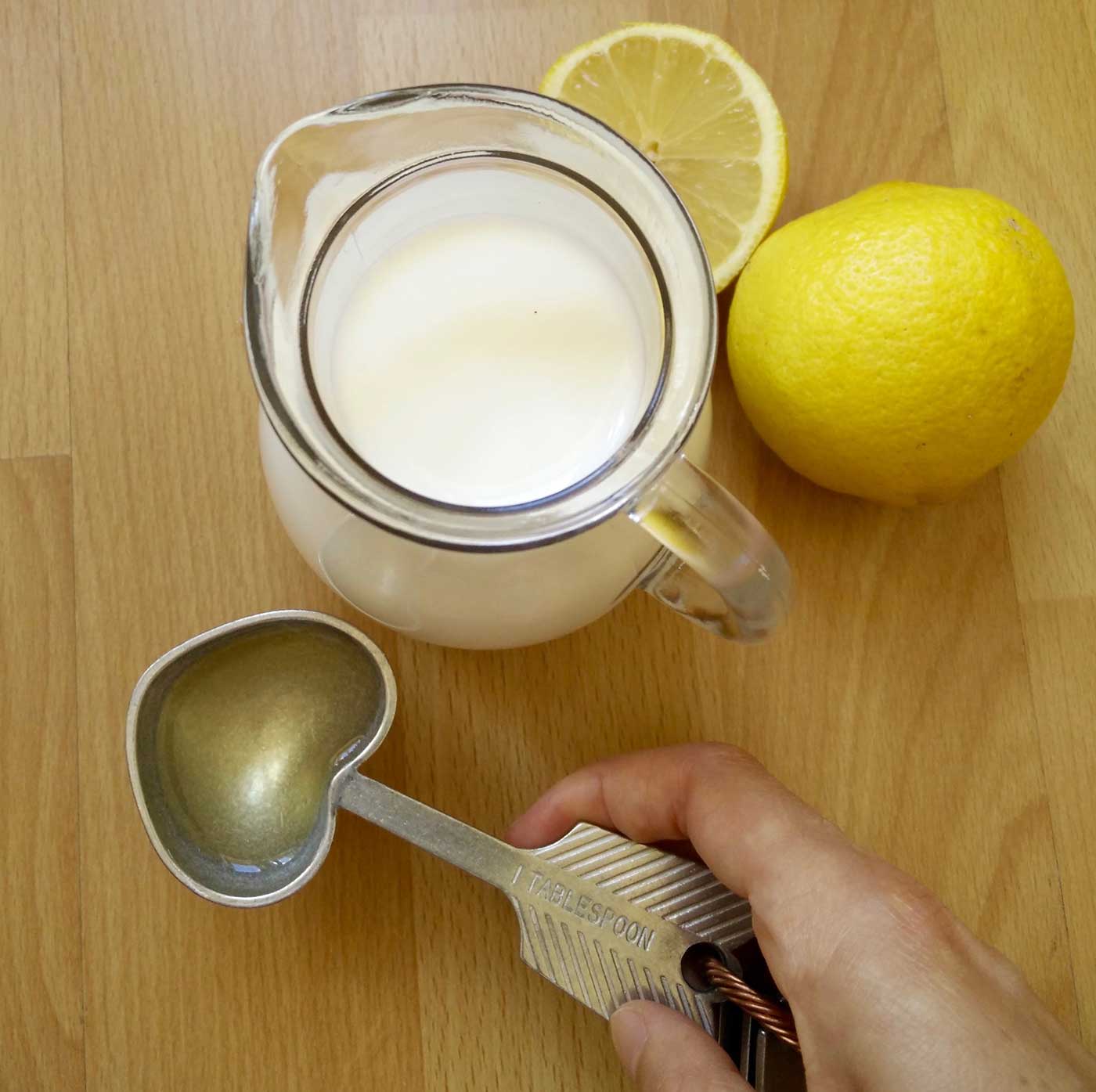
…and THAT’S IT! I told you it was easy.
Making your own buttermilk is great for when you decide to do some spontaneous baking. It also means that you don’t have to buy an entire 1L bottle of buttermilk when you only need 1 cup.
This is what your buttermilk should look like after a few minutes of sitting:
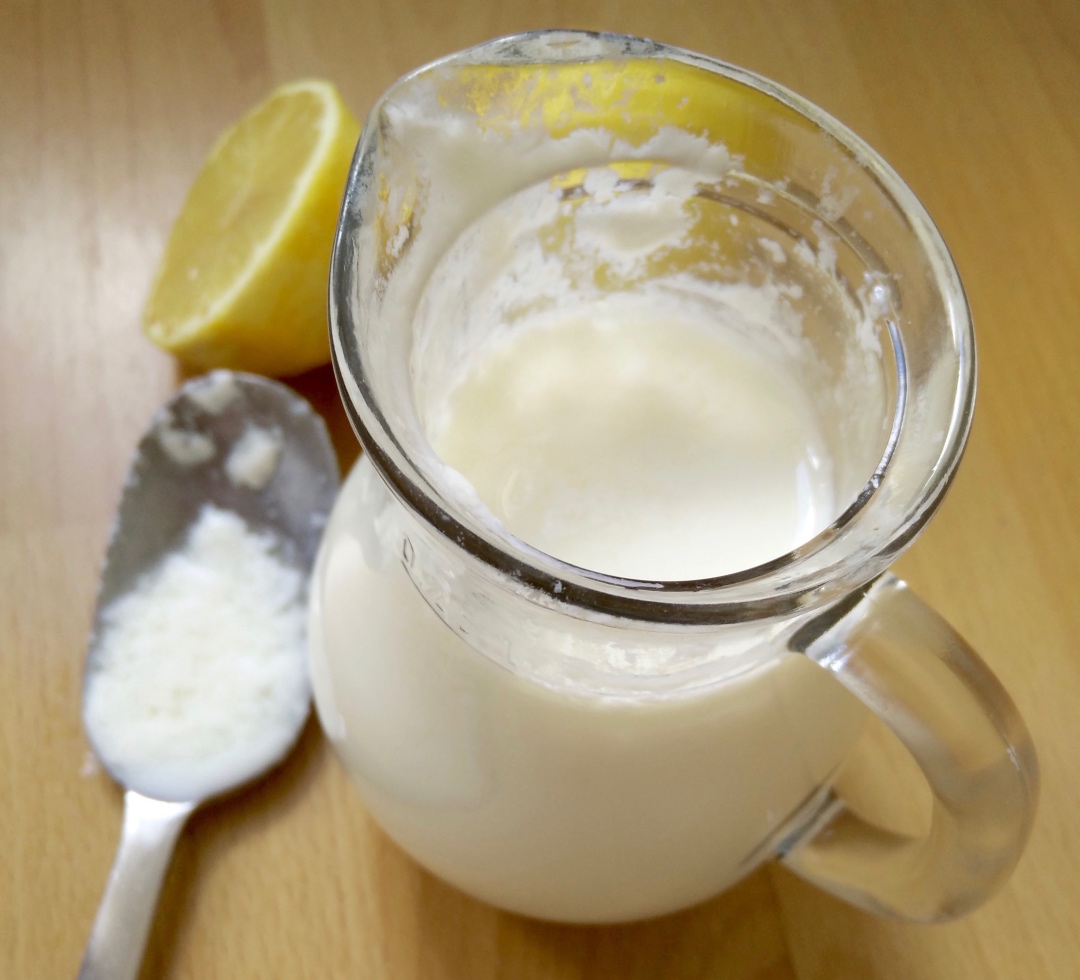
Other buttermilk substitutes:
As mentioned above, the main role of buttermilk in baking is to react with the baking soda, so this means that other acidic ingredients like yoghurt and sour cream (thinned out with a little milk or water – in a pinch) can work quite nicely in the recipe you are using too. If you are dairy free, you can use a non-dairy milk (e.g. almond milk) instead, but do note that the buttermilk will not be as thick.
YOU MIGHT BE INTERESTED IN
![]()

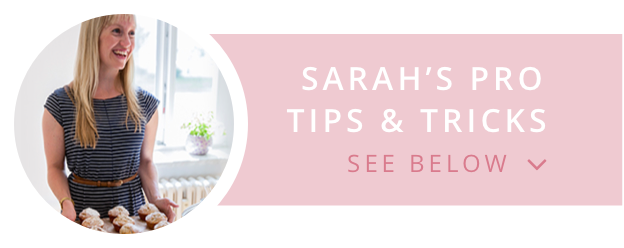
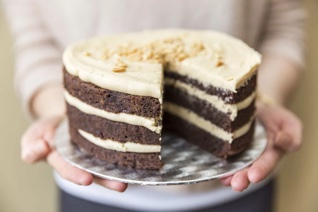
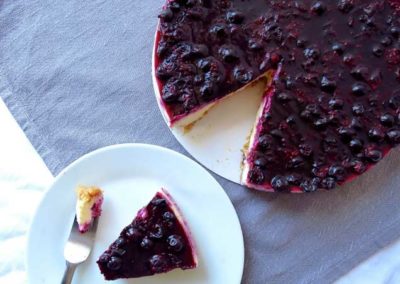
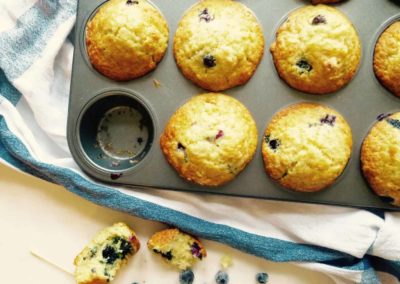
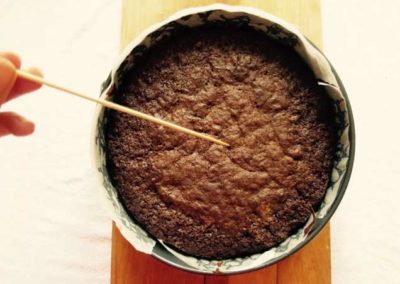
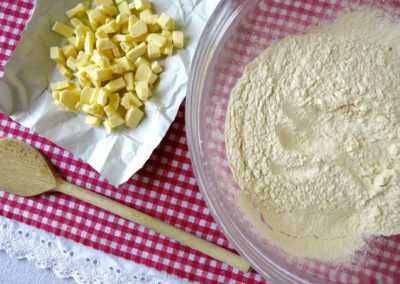
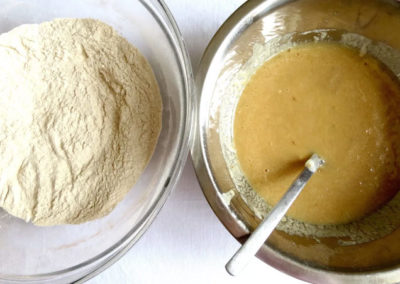
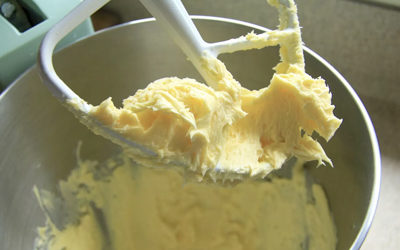
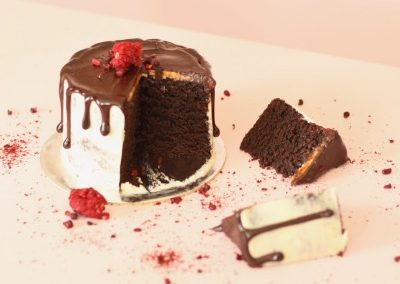

I love this recipe. I use it all the time. In my experience, I feel that the lemon juice works much better than the vinegar. Actually, for some reason the vinegar didn’t work for me at all.
Thanks for sharing.